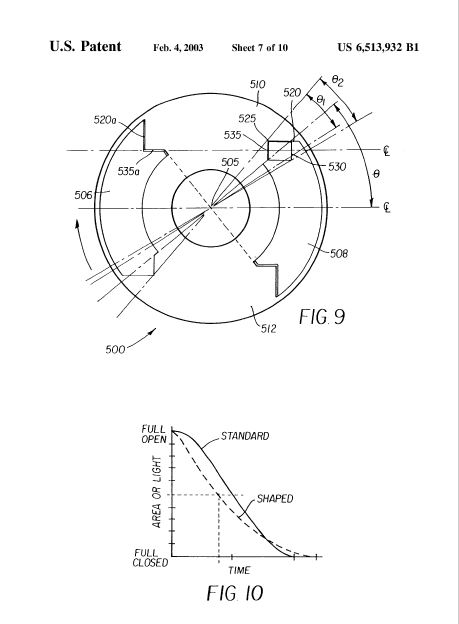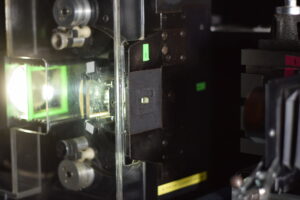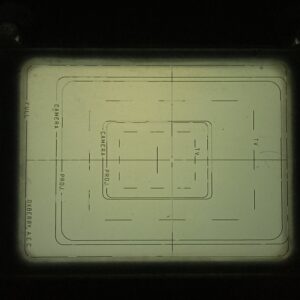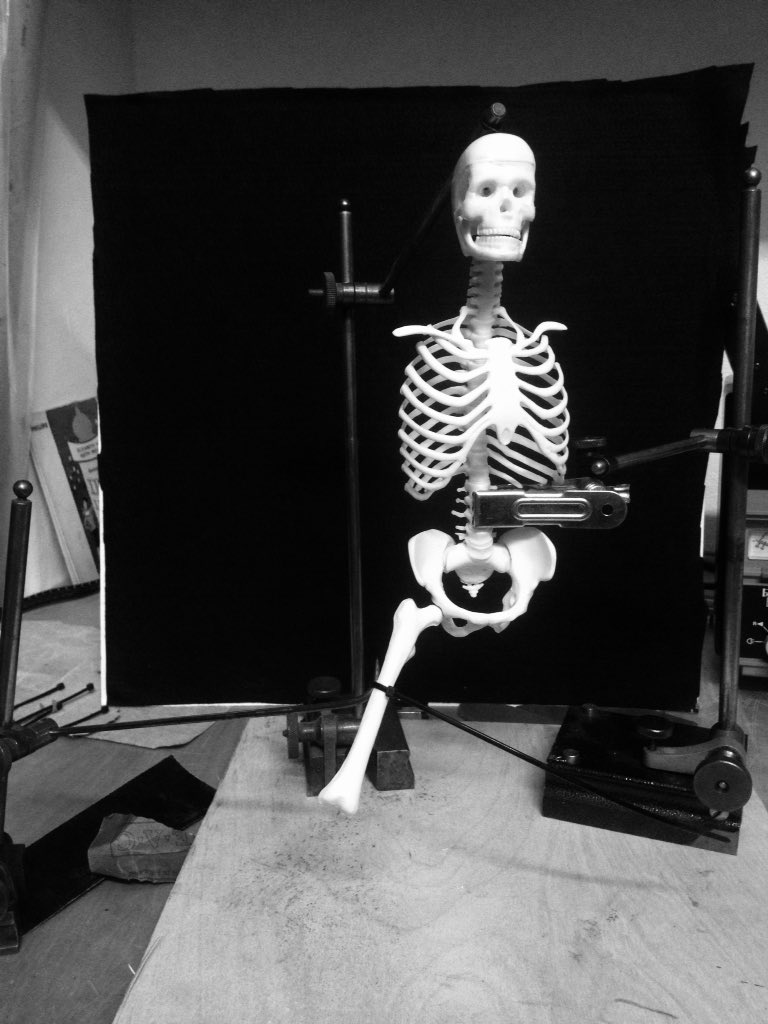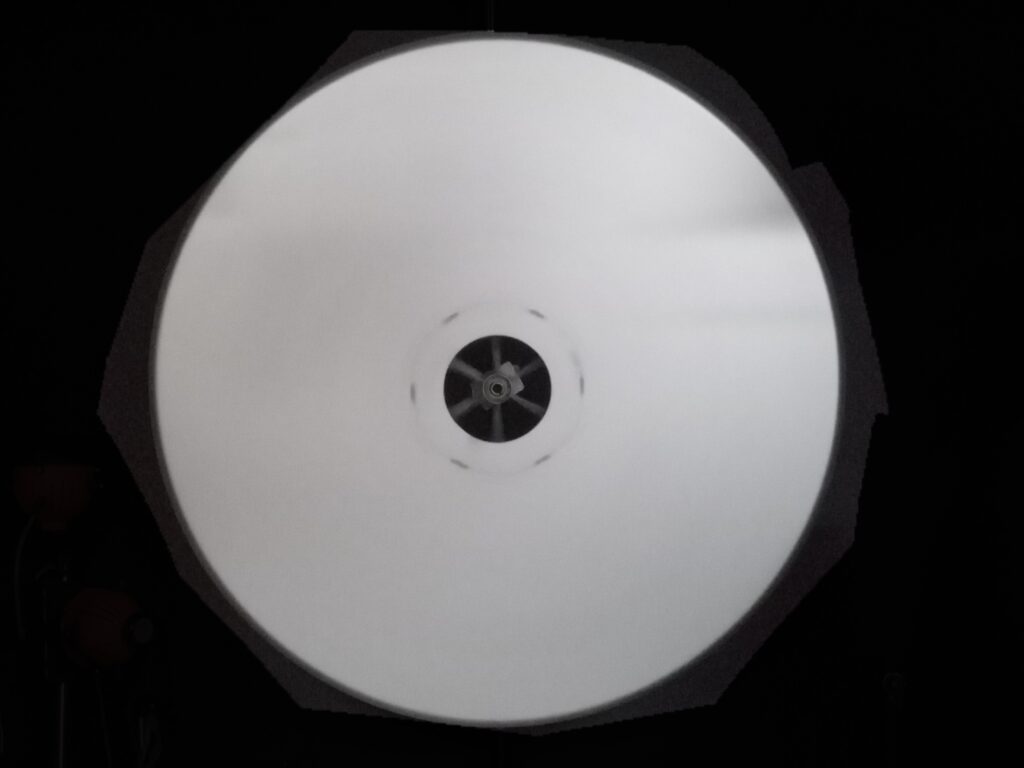FLICKER WARNING. THE CLIPS BELOW ARE STROBOSCOPIC AND FLICKER AT RATES THAT MAY DISTURB THOSE WHO SUFFER FROM PHOTOSENSITIVE EPILEPSY.
The purpose of these experiments is to regard the intrinsic opto-mechanical mode of presentation of motion picture film as if it was important to the overall ontological nature of ‘cinema’ which would include really the camera (also opto-mechnical) and various laboratory devices which affect the film in between.
Regarding them as important enough to simulate their ‘effect’ as we transition the image sequence into the digital realm means going back to the model of its ontology and producing as accurate as possible a virtual equivalent.
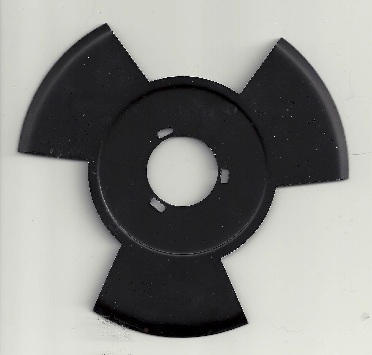
In many respects, we are already fully acquainted with ‘bladeless’ ‘flickerless’ digitised motion picture sequences. We like them because they are clean and pleasant to watch. We see loads of detail and are left finally to respond to them as art and poetry. They really have become a ‘model image’.
So hauling over the entire mechanism that produced them has to be done with a slight amount of tongue in cheek. Its really an experiment designed to make us aware of the fundamentally different nature of analogue and digital but through the agency of the current mode, digital, and its materiology and limits, parameters and properties.
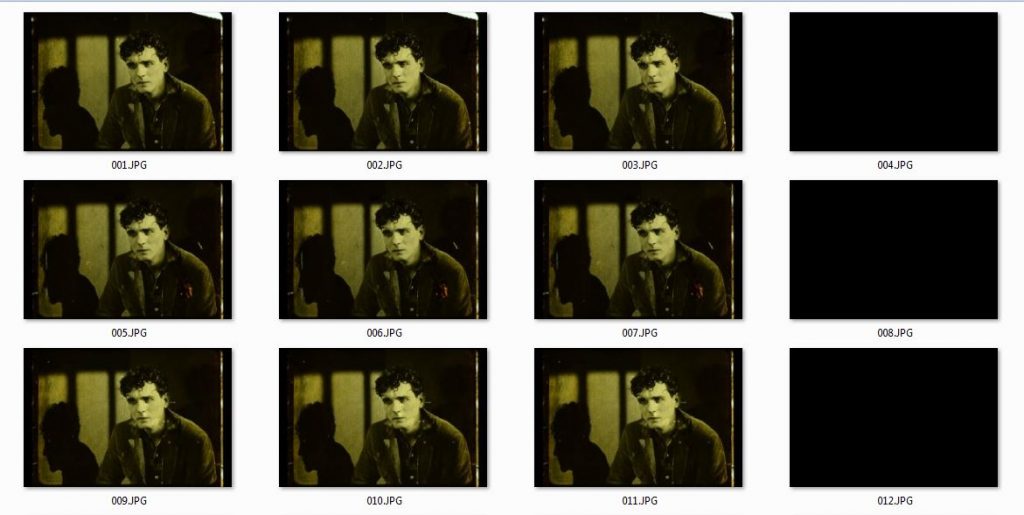
Above shows the frame sequence for the 270-90 degree blade tests. Each line represents one rotation of a virtual blade. We get the same image 3 times, then we get 1/4 of that period as black. (1/4 = 90 degrees right??).
We can repeat an image 3 times without flicker (if its the same image) because we are now using the instantaneous display possible in digital to our advantage. In an analogue system this image isn’t repeated as such, its just onscreen for LONGER, 3/4 of the time LONGER but we are using frames, we have to use frames because in digital there is no blade, so we are creating one.
Here’s a first conversion. You can detect immediately how much more brighter it is. But first the old 90×4 one. Remember, the one with equal pauses of black and image.
Is is possible the woman is Virginia Valli and the man Francis McDonald? Thanks to Kevin Brownlow for this via Andrew Hobson who visited the Cinema Museum recently.
Below is a different kind of shutter I found in the US patent office. Here a ‘shaped blade’ allows more light to pass by delaying its effect til the very last moment.
